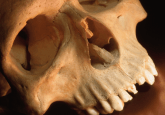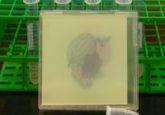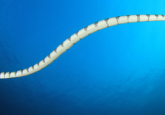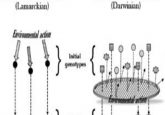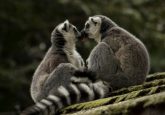Are sponges our great ancestors?
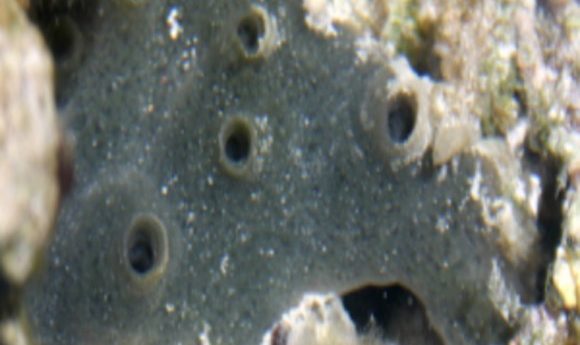
Refer a colleague
Simple organisms such as the sponge appear very different from complex animals, but new research shows that this simple ancient species may have given rise to all modern day animals.
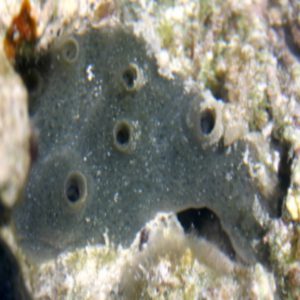
An Adult Sponge (Amphimedon queenslandica) native to the Great Barrier Reef.
Credit: Wikipedia
During an underwater dive, Federico Gaiti from the University of Queensland, Australia was mesmerized by the beauty and diversity of marine life he saw. He did not expect to encounter so many incredible species below sea level. “My [research] interest shifted towards an evolutionary perspective and so I started asking myself, where does all this diversity come from?” he recalled.
Previous genetic analyses revealed novel genes that drove evolution, but it was clear that these genes weren’t the only players in creating animal diversity. In the 1960s, researchers first identified histone modifications, which later proved to be present across eukaryotes and are required for genetic regulation. This suggests that differential gene expression would likely be directed by other regulatory systems, including combinational patterns of histone modifications and non-coding, cis-regulatory DNA. Now in a new paper in eLife, Gaiti and his colleagues report such regulatory systems in one of the oldest surviving animal groups, the sponges.
“All living animals are descended from a single-celled ancestor, and understanding how these ancestors became the first multicellular animals remains a major challenge in the field of evolutionary biology,” said Gaiti. Following the history of histone modifications offers researchers a chance to look for this common ancestor.
Gaiti and his team analyzed histone modifications in a morphologically-simple sponge (phylum Porifera), one of the oldest surviving animals—dating back approximately 700 million years. Transcriptomic studies revealed that dynamic developmental gene expression in the sponge Amphimedon queenslandica showed similarity to another major animal group, eumetazoans—some of the first morphologically-complex multicellular organisms.
The researchers next collected samples of adult and larval sponges and carried out ChIP-seq to examine DNA and protein interactions. Genome-wide maps demonstrated that combinational post-translational modifications of histone H3 in the sponge are similar to those in organisms that gave rise to body symmetry development and true organs and tissues. In particular, Gaiti’s team recognized that the well-known eukaryotic transcriptional activator, H3K4me3, had a complex correlation with gene expression in the sponge, Amphimedon—with a role in modulating active transcription. This indicates that gene regulation in the sponge is comparable to that of eukaryotes, so this regulatory foundation likely evolved before sponges diverged.
Through further analyses of non-coding DNA and post-translational histone modifications, Gaiti and colleagues identified gene regulatory systems associated with proximal and distal promoters in sponges. They believe that distal enhancers evolved later, likely contributing to the underlying spatial and temporal coordination of animal differentiation. In fact, these enhancers may have played a key role in the evolution of animal multicellularity.
“Adapting current protocols/techniques to this marine sponge was not trivial and took a lot of time, effort, patience, and, most importantly, failures,” said Gaiti. “Seeing all your efforts come to fruition is surely fulfilling.”
Please enter your username and password below, if you are not yet a member of BioTechniques remember you can register for free.
